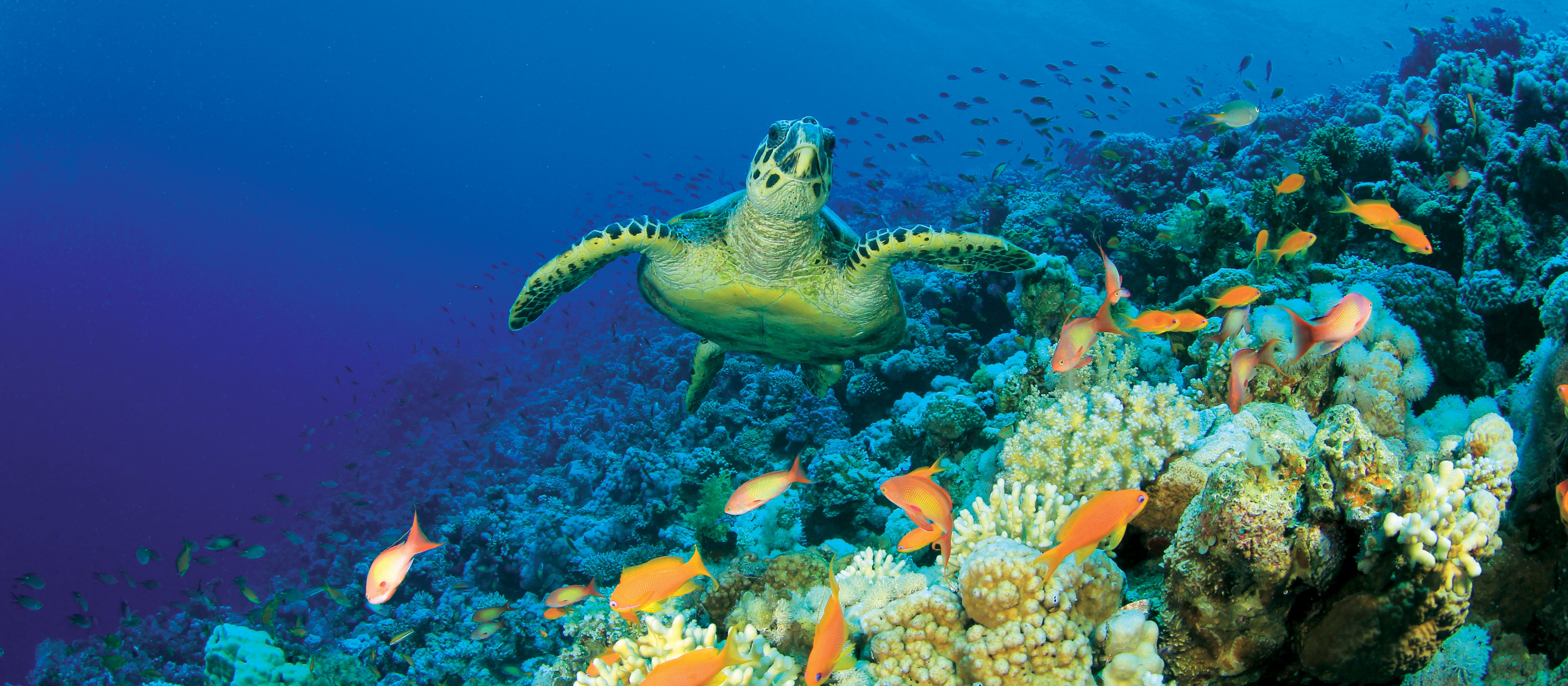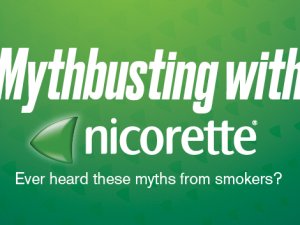Academic pharmacist Nataly Martini discusses the medical management of asthma in adults and adolescents, which has evolved to prioritise early anti-inflammatory treatment. She also explains how to improve patient outcomes by proactively identifying poor asthma control and supporting equitable access to education and treatment
How to find eco-friendly, skin-friendly and effective sunscreens
How to find eco-friendly, skin-friendly and effective sunscreens

Dee asks you for a reef-safe sunscreen as she needs to wear it while sailing and is aware some ingredients can be toxic to marine and freshwater environments. Because she is out in the sun all day, it needs to be effective, and she asks if you can guarantee this.
Kia ora and welcome to Pharmacy Today Kaitiaki Rongoā O Te Wā
Not a subscriber? Unlock this article by subscribing here.
1. Carreon BH. Palau bans toxic sunscreens. 3 January 2020. rnz.co.nz
2. Sustainable Travel International. Sunscreen is Damaging Our Coral Reefs – How Can We Protect Them AND Our Skin? October 2019. sustainabletravel.org
3. National Ocean Service. What is coral bleaching? oceanservice.noaa.gov/facts/coral_bleach.html
4. Haereticus Environmental Laboratory. Protect Land + Sea Certification. haereticus-lab.org
5. SaveTheReef. Reef Safe Sunscreen Guide. savethereef.org/about-reef-save-sunscreen.html
6. Healthline. What Sunscreen Ingredients to Look for — and Which Banned Ones to Avoid. June 2019. healthline.com/health/beautyskin-care/best-sunscreen-ingredients
7. Dale J. Eco-friendly Sunscreens – what you need to know. November 2020. thegreatecojourney.co.nz
8. Fookes C (Tech Ed). Suncare. HealthcareHandbook 2021–2022. Auckland, NZ: The Health Media Ltd; 2021.





